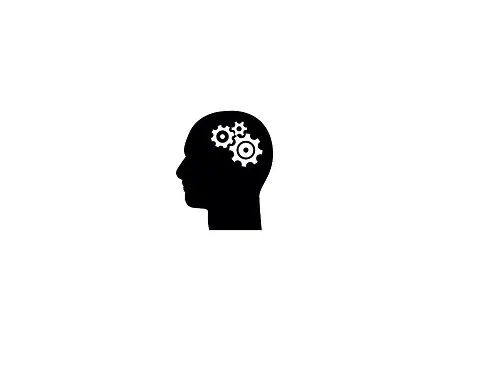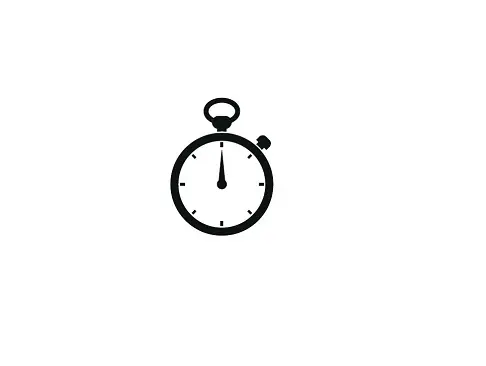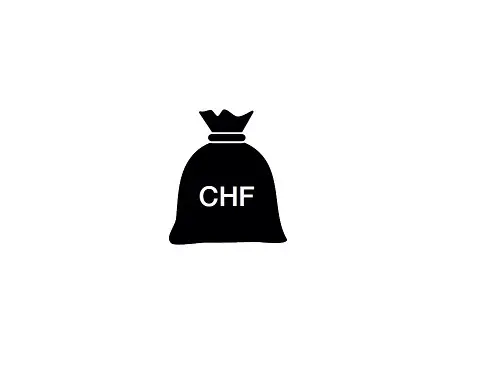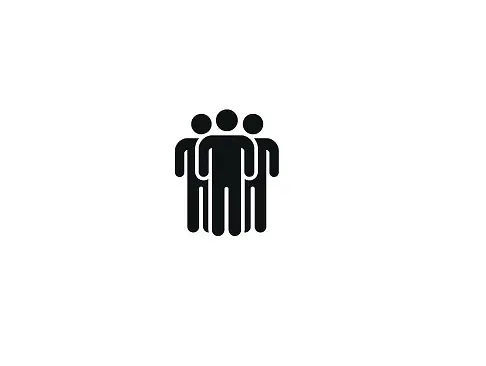Behavioral Insights Kit

The Behavioral Insights Kit is a simple introduction to the subject area of behavioral insights. It is intended as a source of inspiration for how well-known heuristics and psychological effects can be applied in marketing.
How to Play
The Behavioral Insights Kit was developed by the Institute of Marketing Management (IMM) at the ZHAW School of Management and Law (SML) to help generate creative ideas for the use of behavioral insights in marketing. Ideally, players are faced with a situation that requires them to influence customer behavior. The Behavioral Insights Kit is a project by the Institute's Behavioral Marketing team.
Explanation of Symbols, Colours, and Terms
The symbols, colours, and terms on the cards help players in their search for ideas:
- The symbols indicate which resources can act as a behavioral driver of barrier and thus influence the occurrence of a specific psychological effect.
- The colour-coding on the left- and right-hand edges of the cards determines the application possibilities.
- The terms "mindless" and "mindful" give an indication of which mental system can be addressed by the marketing measure.
- The cards refer to the three decision-making stages that a customer undergoes when making a decision. They indicate the decision-making stage the customer has reached and where the customer may require support. Alternatively, it may be the stage where a marketing measure could be applied to influence a customer's decision.
Symbols on the Front

Internal resources refer to, for example, attention, motivation, or mental capacity
Internal resources as a behavioral barrier: A customer may, for example, feel mentally overwhelmed while browsing through an online shop because too many products are displayed on one page.
Internal resources as a behavioral driver: The behavior of customers can, for example, be influenced by anchor values (e.g., price recommendations) because customers use such values to orient themselves.

Time as a resource
Behavioral barrier: Since customers find rewards received only in the future less attractive, they may neglect to take action concerning, for example, their retirement, dieting, or giving up smoking.
As a behavioral driver: Approaching deadlines motivate customers to display a certain behavior.

Money as a resource
Behavioral barrier: The fear of financial loss may lead customers to adhere to the status quo, even though a change (e.g., to a different medical insurance policy) would make more sense financially.
As a behavioral driver: If customers have already invested money in something, they tend to persist in a given behavior (even when it is pointless) simply to justify their investment.

Social resources represent the behavior of other people or the interactions of a customer with other people
As a behavioral barrier: Group pressure can lead to undesirable behavior (e.g., smoking).
As a behavioral driver: Knowing how other customers behave in a particular situation can influence the behavior of the individual.
Colour Coding on the Back
| Red | Promotion/ communication (e.g. advertising, sales promotion, or online communication) |
|---|---|
| Orange | Place (e.g. presentation at the POS or online, design (layout, music, or smell...), or behavior of sales assistant or consultant) |
| Green | Price (e.g. price communication, differentiation, or change) |
| Blue | Product (e.g. product design/development, descriptions of alternatives/options and attributes, scope of alternatives, design/packaging) |
Thought System Involved
Relevant Phase in Customer Decision-Making Processes
| Problem identification | The focus is on promoting problem identification since the customer lacks any awareness. |
|---|---|
| Information: Search and evaluation | The aim is to steer the customers' search for and evaluation of information in a certain direction, for example, by directing their attention to the particular characteristics of a product or service when they can choose from a range of goods or services, or by simplifying the search for information. |
| Behavior | The goal is to provoke a specific, observable behavioral reaction directly in customers (e.g. to choose a certain brand) or support them in continuing such behavior. |
Types of Games
Depending on the perspective adopted in the context of developing an idea, the cards can be used in two different ways - by applying a company perspective (marketing focus) or a customer perspective (customer focus).
Game Type: Marketing Focus
The starting point of this game type is the design of a specific marketing mix, based on the 4 Ps of marketing. You may, for example, need input to help you price a new product and communicate it to your customers. Alternatively, you may be considering how an online store should be designed to achieve longer visitor times or conversion to a different brand. For this game, the playing cards are spread out face-down on the table with the backs facing upwards.
| Step 1: Which "P" is affected? | Refer to the colour code. Discard the cards that are not relevant to your problem. |
|---|---|
| Step 2: Where in the decision-making process do you want to reach the customer with your measure? | Use the cards that are still in front of you and consider their decision-making stages. Again, discard the cards that are not relevant to your problem. |
| Step 3: Which system do you particularly want to address? | Again, discard the cards that are not relevant to your problem. If you do not yet have a precise idea of whether you want to influence automatic or conscious processes, skip this step. |
| Step 4: Turn over the remaining cards. | Now you can read the explanations of potentially appropriate psychological effects. How can you implement these effects in the context of your marketing efforts? Do you apply one psychological effect only or combine different effects? |
Game Type: Customer Focus
The starting point for this game is your customer. Concerning your marketing problem, the goal is to change the behavior of your customers. For example, you may want to motivate them to display simple behavior that embodies a healthier lifestyle. On the other hand, you may want to increase the commitment of a new customer visiting your website for the first time. For this game, you need a certain basic understanding or make assumptions about how your decision-making process works with your customers, and why they are not showing the desired behavior or why they are showing undesirable behavior (e.g., strong social pressure or information overload).
This time, the cards are spread out face-up on the table to enable you to read the names of the psychological effects and identify the resource symbols clearly.
| Step 1: Which resource do your customers lack that might explain why they (do not) display a particular behavior? | Refer to the resource symbols. Discard the cards that are not relevant to your problem. |
|---|---|
| Step 2: Select the appropriate psychological effects. | Read the descriptions of the psychological effects to determine if they are suitable for addressing your problem. |
| Step 3: Where in the decision-making process may the psychological effects be applied? | Refer to the decision-making stages on the back of the cards indicating where a psychological effect can be applied. Discard the cards that are not relevant to your problem. |
| Step 4: Select the appropriate effects. | How can you implement these effects in the context of your marketing efforts? Do you apply one psychological effect only or combine different effects? |
Publications and Presentations
Various Internal and External Workshops
We offer various workshops on the topics of nudging and behavioral insights for companies and external institutions using the Behavioral Insights Kit. At our school, the Behavioral Insights Kit is used especially for research projects, for example, to generate ideas for communicating the menu sustainability index in our research project "Food for the Future".
CAS in Behavioral Insights for Marketing
Our CAS in Behavioral Insights for Marketing program uses the Behavioral Insights Kit as a teaching tool. Participants receive their own kit and learn how they can apply and use it in their daily work.
13th Swiss Congress on Health Economics and Health Sciences
The Behavioral Insights Kit was used in a workshop entitled "Behavioral Change - Helping Patients, Whether They Like It or not" given by Angela Bearth at the 13th Swiss Congress on Health Economics and Health Sciences in Bern. Workshop participants were able to try out the cards and apply them to a problem they had identified in the health sector.
Schmidheiny Foundation Symposium 2015
The annual Schmidheiny Foundation Symposium discussed opportunities and limitations of the practical application of behavioral economics. In her lecture "New Miracle Cure? Towards Practical Applications of Behavioral Economics", Dr. Linda Miesler highlighted practical applications of behavioral insights and psychology in marketing. During this presentation, the audience was also introduced to the Behavioral Insights Kit.
Contact
Would you like to know more about our Behavioral Insights Kit or are you interested in our Behavioral Insights Kit Workshop? Please provide us with your details and we will contact you.